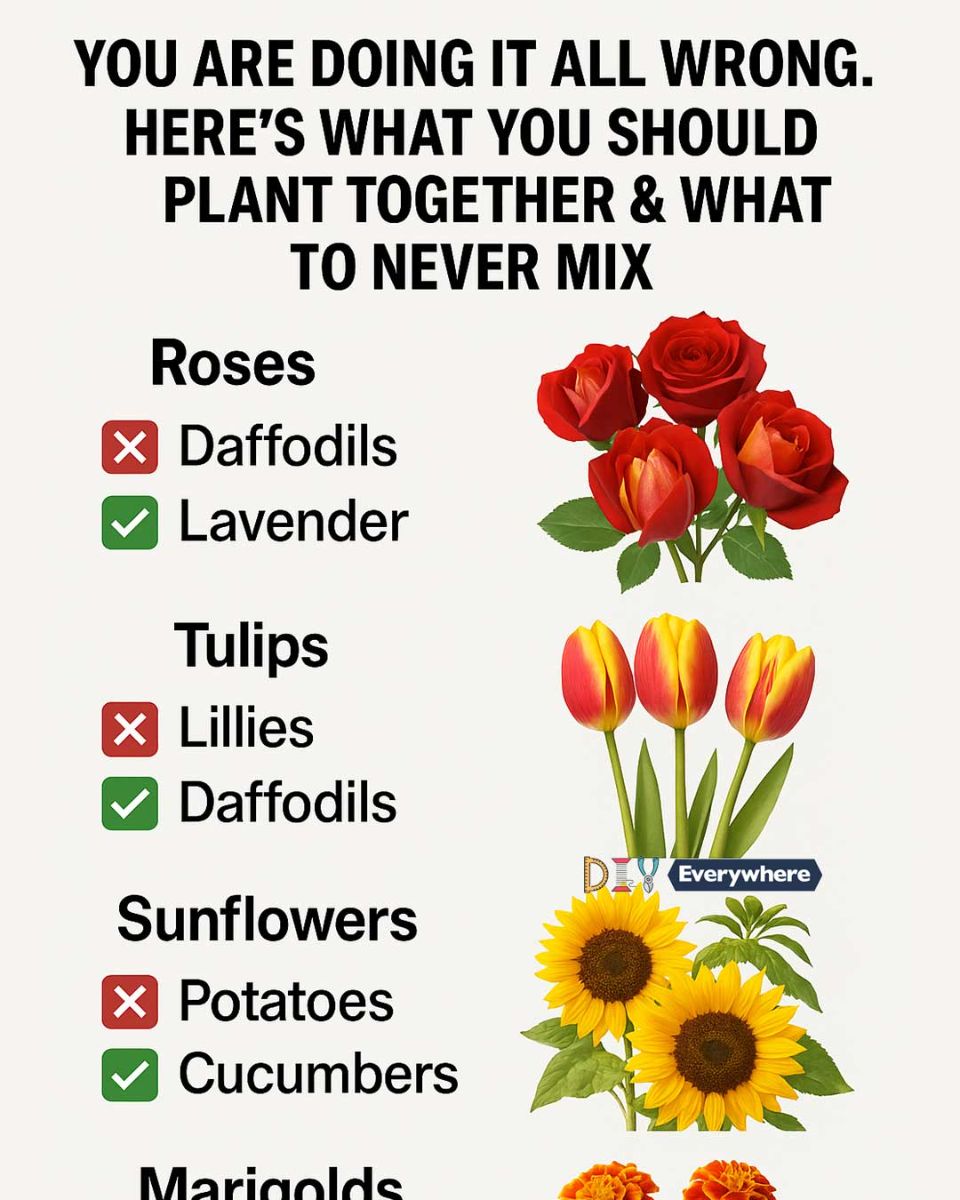Benefits of Companion Planting
Companion planting offers numerous benefits, including natural pest control, improved plant health, and increased biodiversity. By planting certain species together, gardeners can reduce the need for chemical pesticides, as some plants naturally repel harmful insects. Additionally, companion planting can lead to better nutrient utilization, as some plants improve soil fertility by fixing nitrogen or breaking down nutrients. This method also encourages a diverse ecosystem, attracting beneficial insects and pollinators, which can lead to higher yields and healthier plants.
Common Mistakes in Plant Pairing
One of the most common mistakes in plant pairing is not considering the specific needs and characteristics of each plant. For example, planting sun-loving plants with shade-loving ones can lead to poor growth for one or both species. Another mistake is ignoring the allelopathic properties of certain plants, which can inhibit the growth of nearby plants. Additionally, failing to account for the different water and nutrient requirements can lead to competition and stress among plants. Understanding these factors is crucial to avoid common pitfalls in companion planting.
Top 10 Popular Flowers and Their Ideal Companions
Choosing the right companions for popular flowers can enhance their growth and beauty. Here are ten popular flowers and their ideal plant partners, along with those to avoid.
1. Roses: Perfect Partners and Plants to Avoid
Roses thrive when planted with companions like garlic and chives, which can help deter pests such as aphids. Marigolds are also excellent companions, as they repel nematodes and other harmful insects. However, avoid planting roses near plants like fennel and boxwood, as they can compete for nutrients and space.
2. Tulips: Best Companion Plants and Those to Steer Clear Of
ADVERTISEMENT

